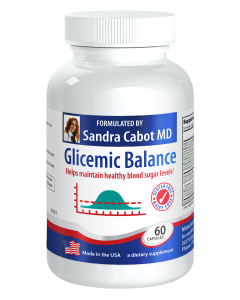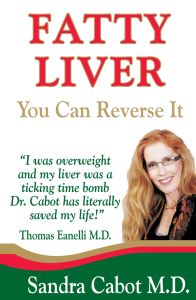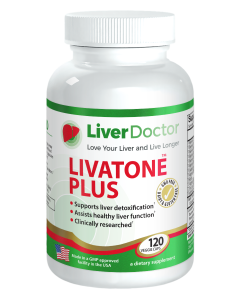

Is Your Child's Liver At Risk?
Fatty liver was once a condition that only occurred in middle aged and older individuals. In recent years it has become an epidemic in children. The longer a person has a fatty liver, the more harm is done. Young children who currently have a fatty liver are at risk of needing a liver transplant in several decades. Children with a fatty liver are also at greater risk of hormone abnormalities related to puberty, learning difficulties and mood disorders. Looking after your child’s liver is critical.
The prevalence of fatty liver disease in children has more than doubled in the last 20 years. It significantly increases the risk of type two diabetes, heart attacks and strokes. Experts warn that many of today’s children will have a much shorter lifespan than their parents.
Excess fructose in the diet, as well as industrial seed oil high in omega 6 fat are the biggest contributors to fatty liver. Harmful fats include soybean oil, canola oil, cottonseed oil, sunflower and safflower oil, grapeseed oil and corn oil. These are all modern additions to the human diet, and result in excess inflammation, oxidation and free radical production in the body. Liver cells can become damaged by these fats.
Restricting fructose in the diet can help reverse fatty liver in children, according to a study published in the journal Gastroenterology. After only 9 days of restricting fructose in the diet, the children with fatty liver experienced the following benefits:
- A reduction in liver fat
- Reduced overall body fat
- A reduction in the manufacture of fat by the liver
- Increased insulin sensitivity
All these benefits reduce a child’s future risk of type 2 diabetes, heart disease and stroke.
High fructose diets have become the new normal. There are small quantities present in fruit. There are very large quantities present in soda, cookies, candy, chocolate and other junk food and snack food. Ordinary sugar that is present in these foods is a combination of fructose and glucose. Too much of either is unhealthy, but fructose is particularly harmful to the liver if consumed in large quantities. The problem is, large quantities of sugar in the diet are typically seen as normal among children and teenagers these days. The tragic result is that fatty liver is becoming common in this population. What once only occurred in middle aged adults is now becoming an epidemic in children, with devastating consequences.
Fructose is a type of sugar that promotes de novo lipogenesis in the liver. That means it instructs the liver to manufacture fat. The fat can get stored inside the liver, and also anywhere else on the body. Fructose is added to processed foods and drinks, and goes by nearly 60 different names on food labels, including high fructose corn syrup and fruit juice concentrate. Current estimates are 16 percent of calories in many children’s’ diets come from added sugar. At this level, the development of fatty liver is almost inevitable.
Reducing fructose intake is very effective at reversing fatty liver, but it can be difficult and take quite some time. People with a fatty liver usually battle with severe sugar and carb cravings. They are also prone to unstable blood sugar, and may feel tired, weak and moody if they don’t eat carbs. I have addressed all these problems in my book Fatty Liver: You Can Reverse It, where I tell you exactly what to eat. I have also created the liver tonic Livatone to specifically improve the liver’s fat burning ability. I’m aware that sugar and carbohydrate cravings can be a major problem; that’s why I designed Glicemic Balance capsules. By stabilizing blood sugar, hunger and cravings are significantly reduced.
The above statements have not been evaluated by the FDA and are not intended to diagnose, treat or cure any disease.
Know someone who might benefit from this article? Share it!
Need Help?
1-888-75-LIVER
Monday to Friday, 9:00 am to 5:00 pm MST
100%
Satisfaction Guaranteed
If it’s faulty or wrongly described, we’ll replace it.













